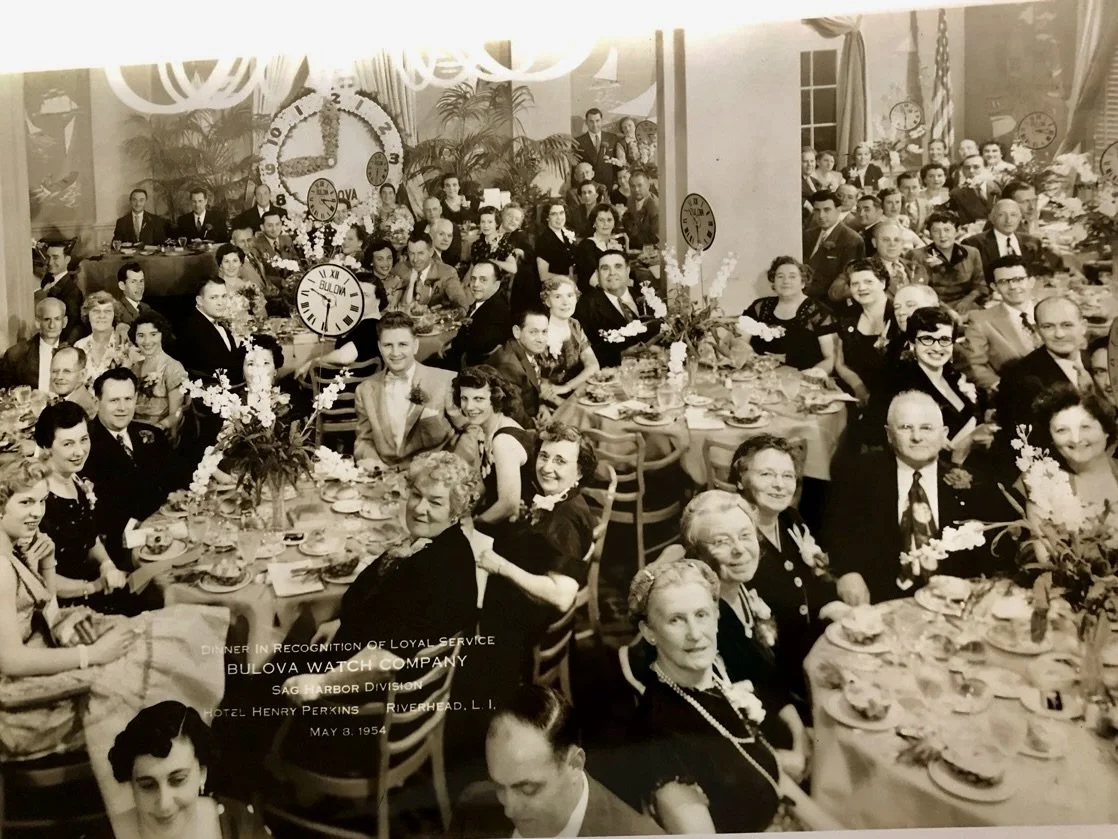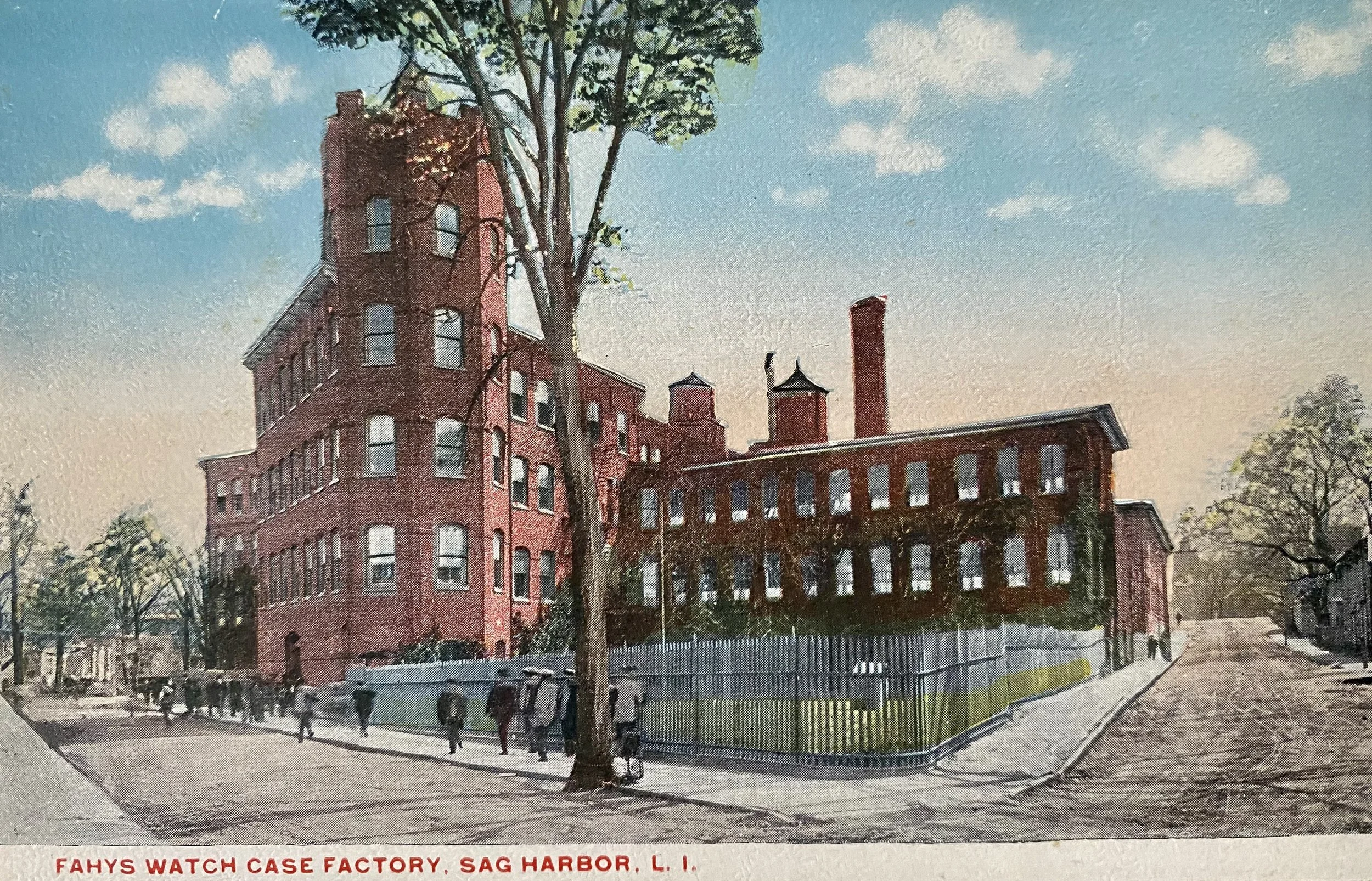Sag Harbor - A Factory Town
A 1954 Photo of a Bulova dinner-the big event of the year-my parents are there.
Though the whaling industry holds a great deal of importance in the history of Sag Harbor, there were many other incarnations of this small village - leaving many historical remnants for those who are interested to mosey through.
The Native American name for the area was “Wegwaganock” which meant “village at the foot of the hill”. That hill I believe is what settlers later called Turkey Hill. From its beginning Sag Harbor was an industrious village. Where Main Street now stands was all but marsh and wetlands - which was later filled in by the material from nearby ‘Turkey Hill’. I can hardly imagine how that was done so many years prior to bulldozers and dump trucks. Industries sprung up in the village - rope making, candle factories, brickyards, and shipbuilding. The land at the center of which is now an expanded Oakland Cemetery was once a group of buildings known as Oakland Works. These buildings at one time or another were once home to brass foundries, clock building, a hat factory, a Morocco leather business, a stocking factory, a barrel head and stave factory-none of which gained long time success.
Once the whaling industry declined Sag Harbor was reinvented as a factory town which endured right through my youth and into my college years. A great many local folks were employed by the Watchcase Factory including my father. A fisherman by trade and passion, he worked in Bulova in order to secure a more dependable paycheck to help sustain his growing family. For a time, we were lucky to live on fresh fish, garden vegetables and a modest but steady income. The substance of Sag Harbor at that time, was largely built around factory life and the comraderie and friendships garnered there.
An elder stopped by the church office this week-attempting to organize some portion of nearly 200 years of keys - left from different locks on different doors-doors which have witnessed a multitude of rebirths- keyrings that have been hanging for decades if not centuries. His mind holds countless memories of a village once centered around factory life, and church, and BINGO, and spaghetti dinners. At the height of operations, hundreds of workers and their families were part of the Bulova family alone –then also Rowe Industries, Agawam Aircraft Products & Grumman Aerospace, Sag Harbor Industries… in some ways these factories helped level the social and economic playing field-and kept most all of us in the game.
After school I can remember walking by the Bulova building on my way to town with machinists in the windows working at their trade. At noon the fire whistle would blow and all of the employees would leave the factories-all at once- to go home for lunch – creating a different sort of Sag Harbor traffic jam.
After 1981 when overseas trade and a declining economy closed the Bulova factory it stood empty for decades. A home to wandering raccoons and the silenced hum of specialized machines and hundreds of our neighbors -its transition into much sought after high-end condominiums – reflected once again a reinvention of this small village into its next incarnation-a home for artists, writers and the upwardly mobile.
The noon whistle still sounds today as a reminder of this once bustling factory town which seemed to bring people together with a common dream and aspiration- growing up side by side – looking out for one another and basing success on family, community and friendship. Most all of us seemed to have just about enough.
Sure, there were other careers ….shop owners, bartenders, teachers, butchers, bakers, carpenters, electricians, plumbers…. all of the small-town souls who came together as community, built their ranch houses, went to church and gathered on Main Street for parades and the holiday ‘Light Up’. Along with the simplicity and peace there were tragedies, calamities, rumors, gossip- but most of all there was a true sense of belonging – the spirit of home- and a ribbon that wrapped around us all, holding us in place.
My father at work in Bulova.



